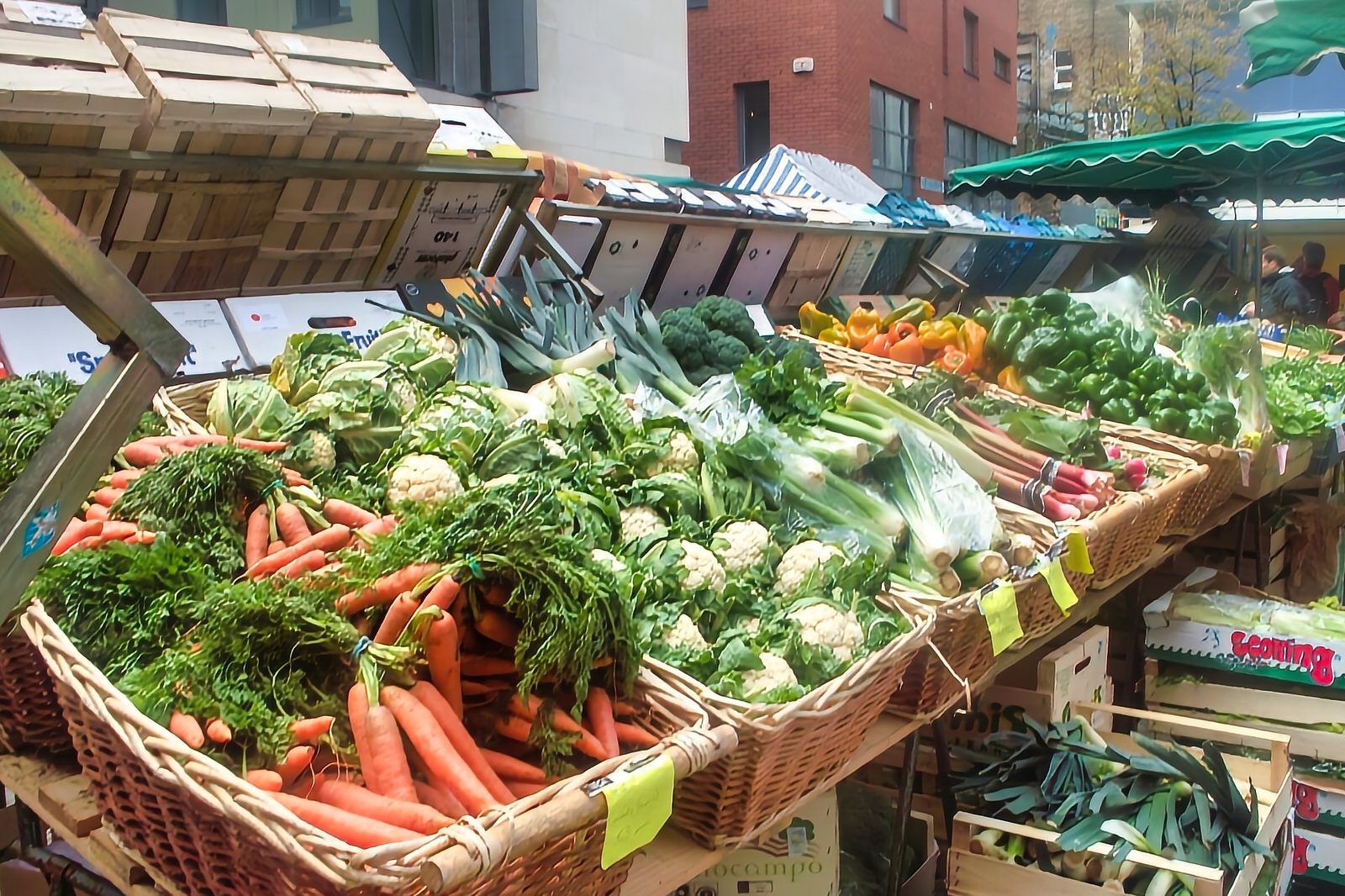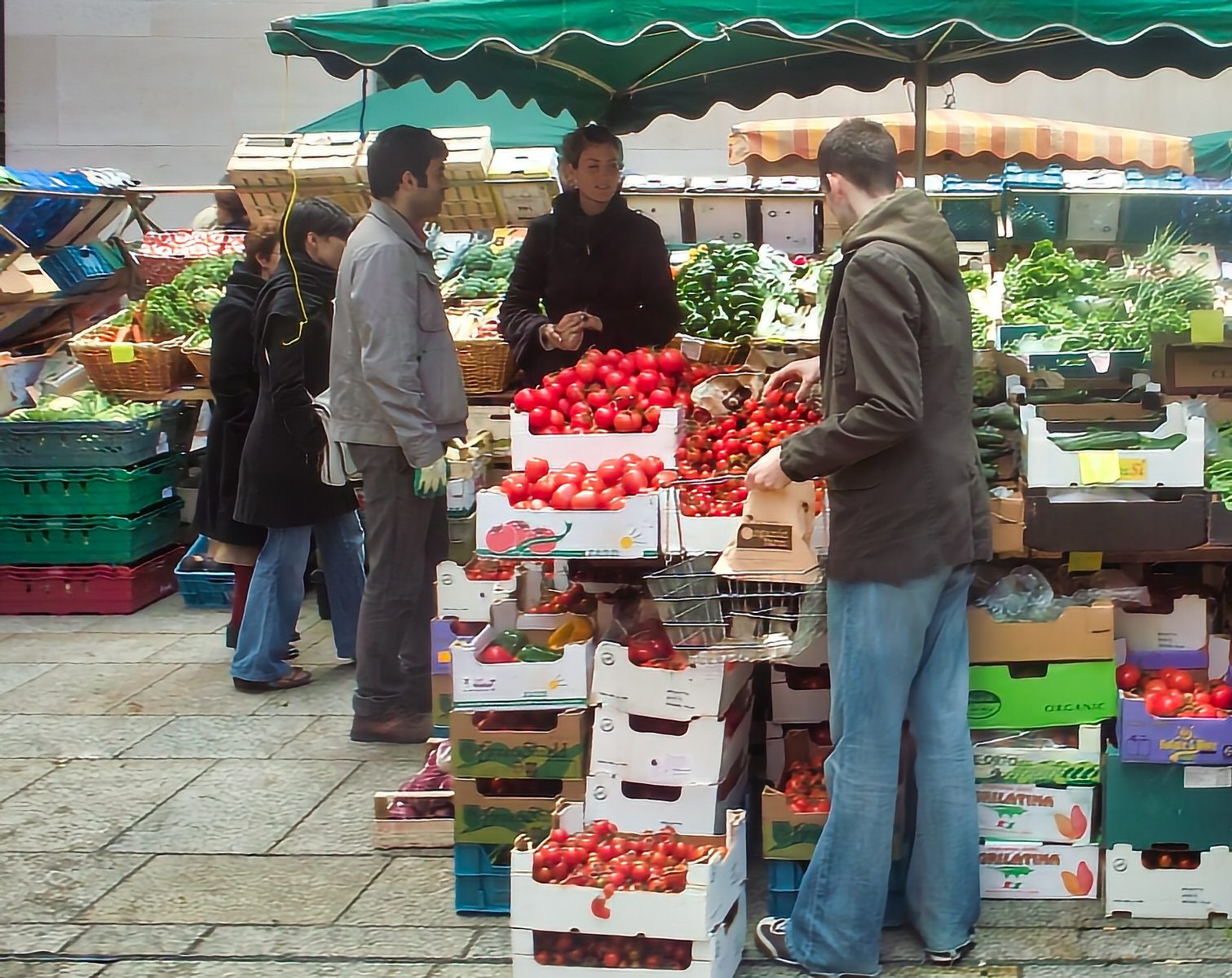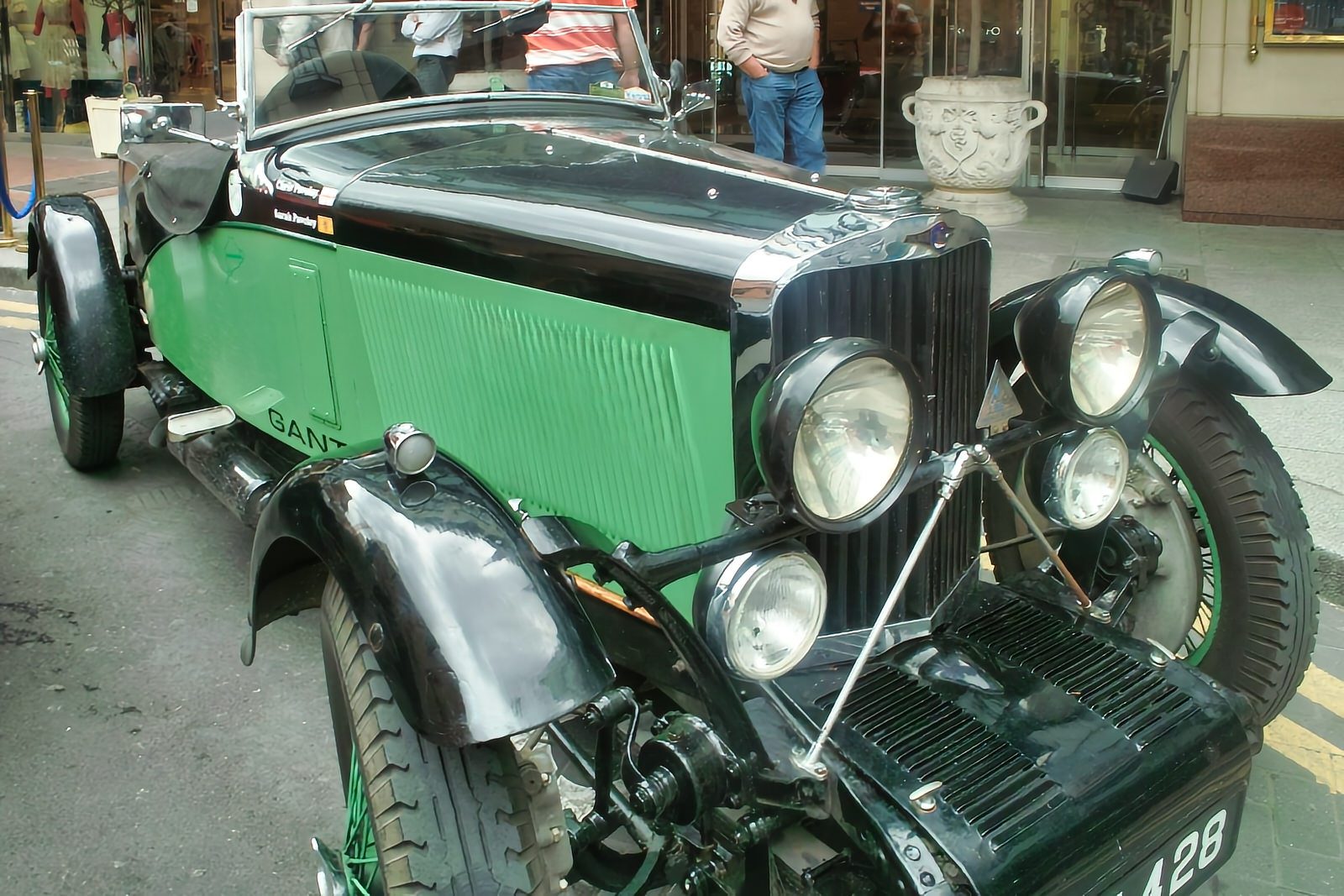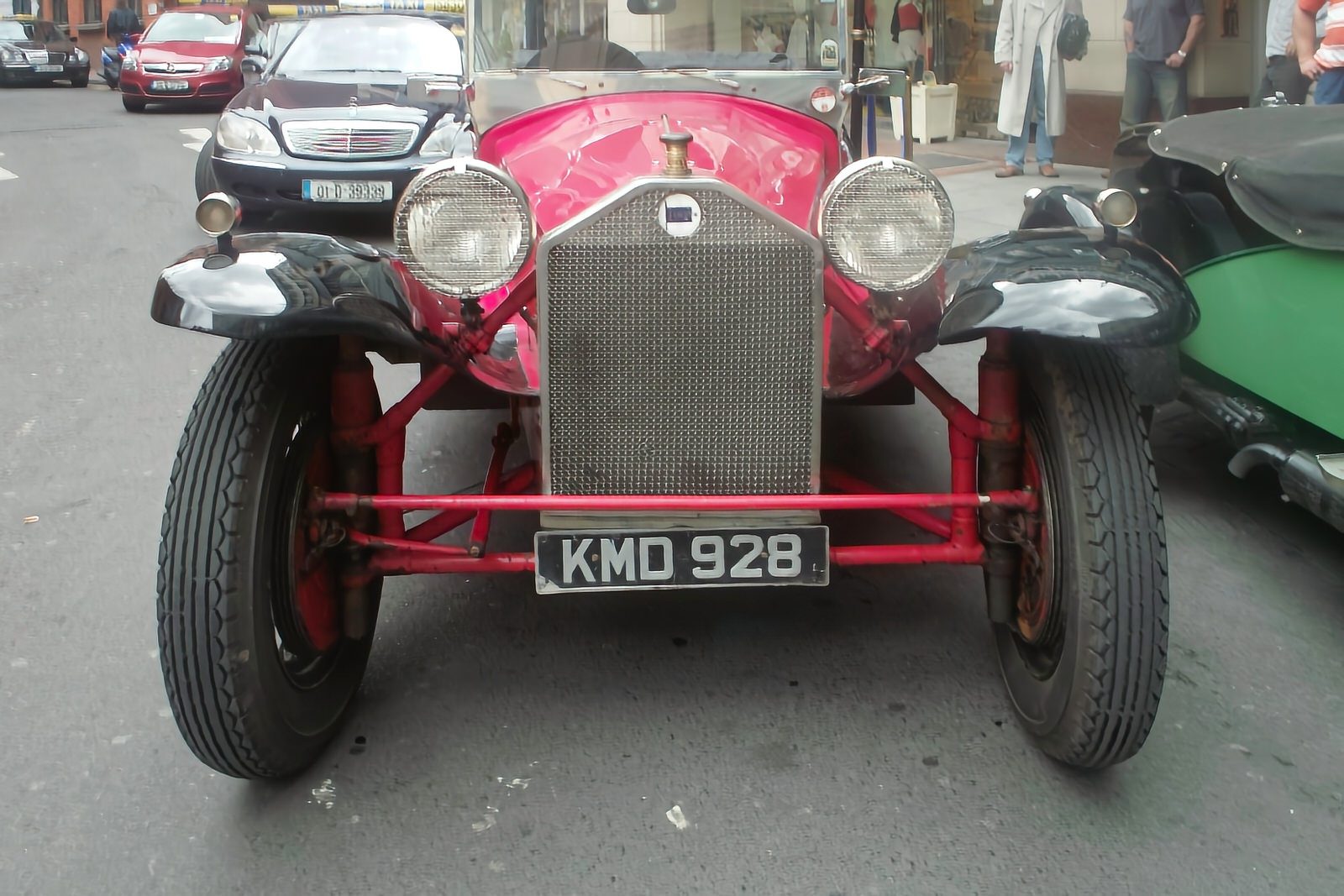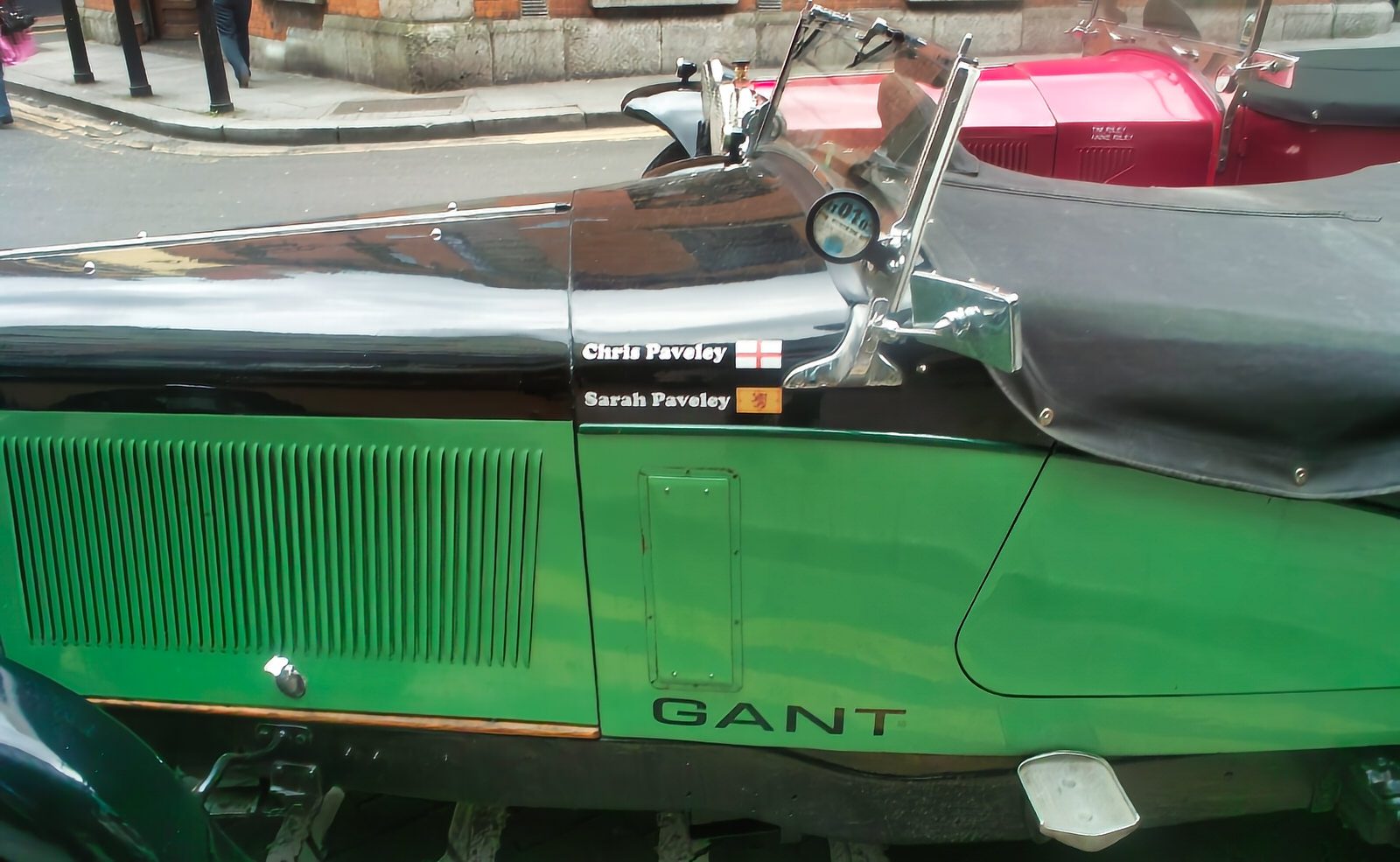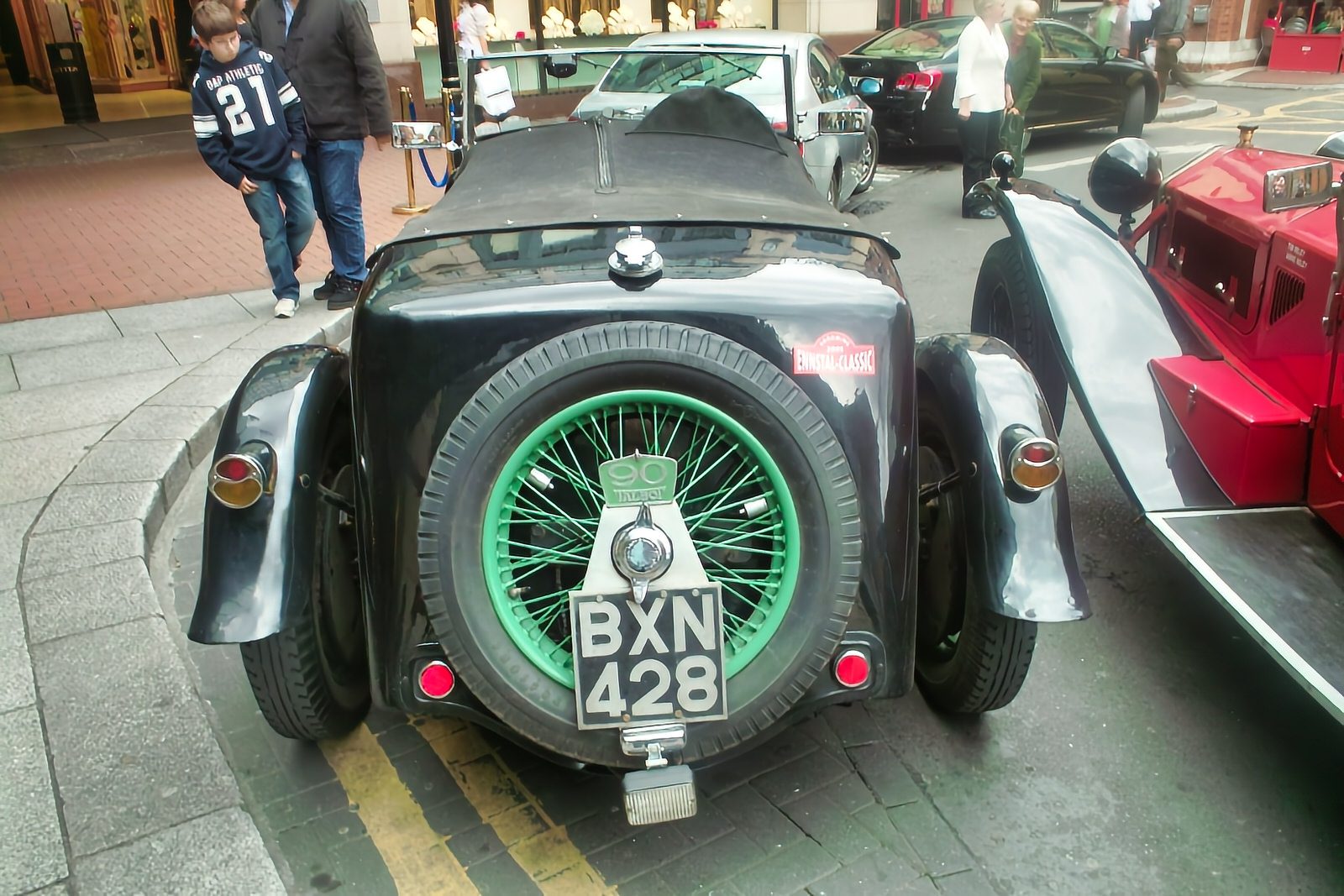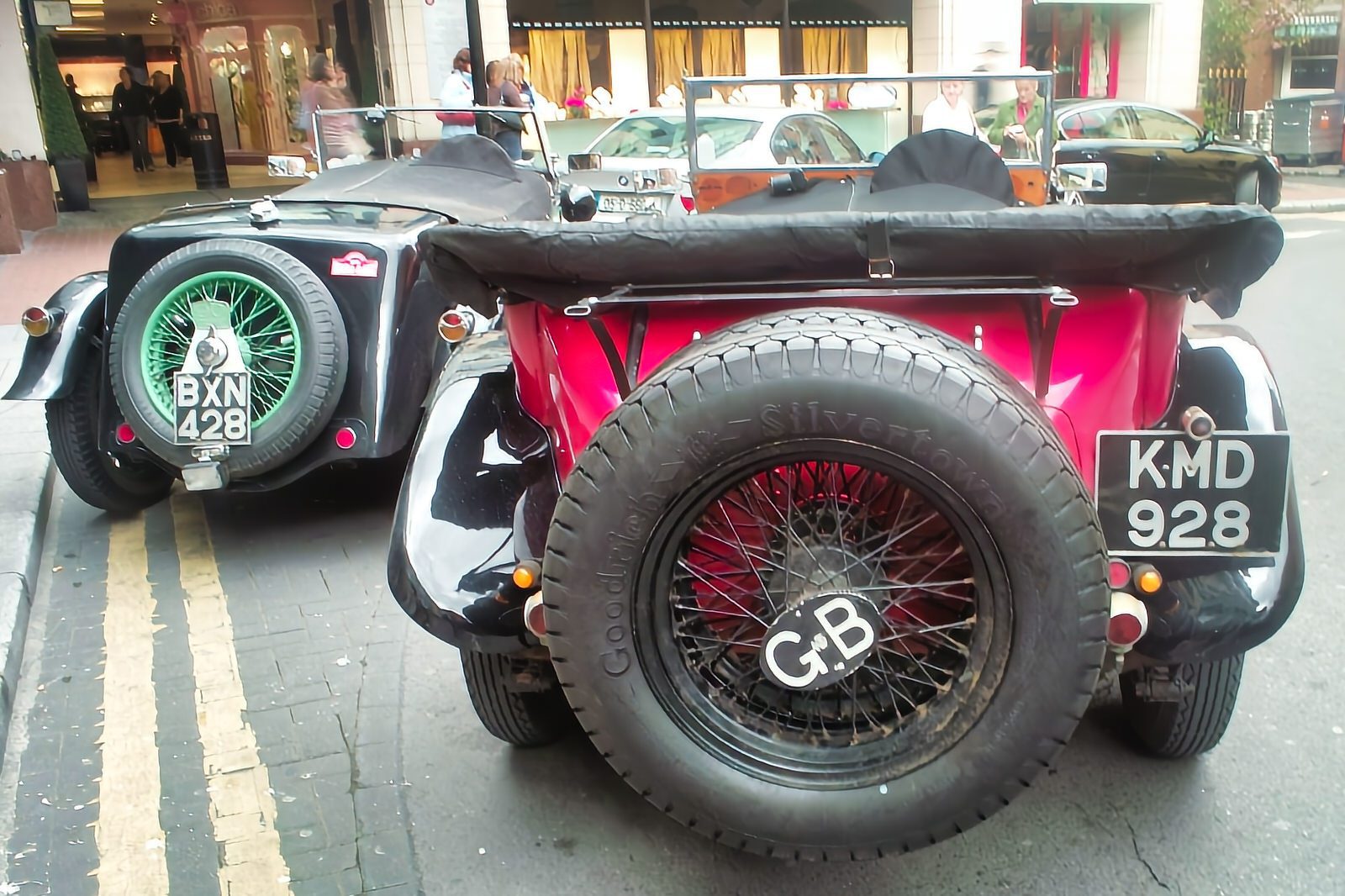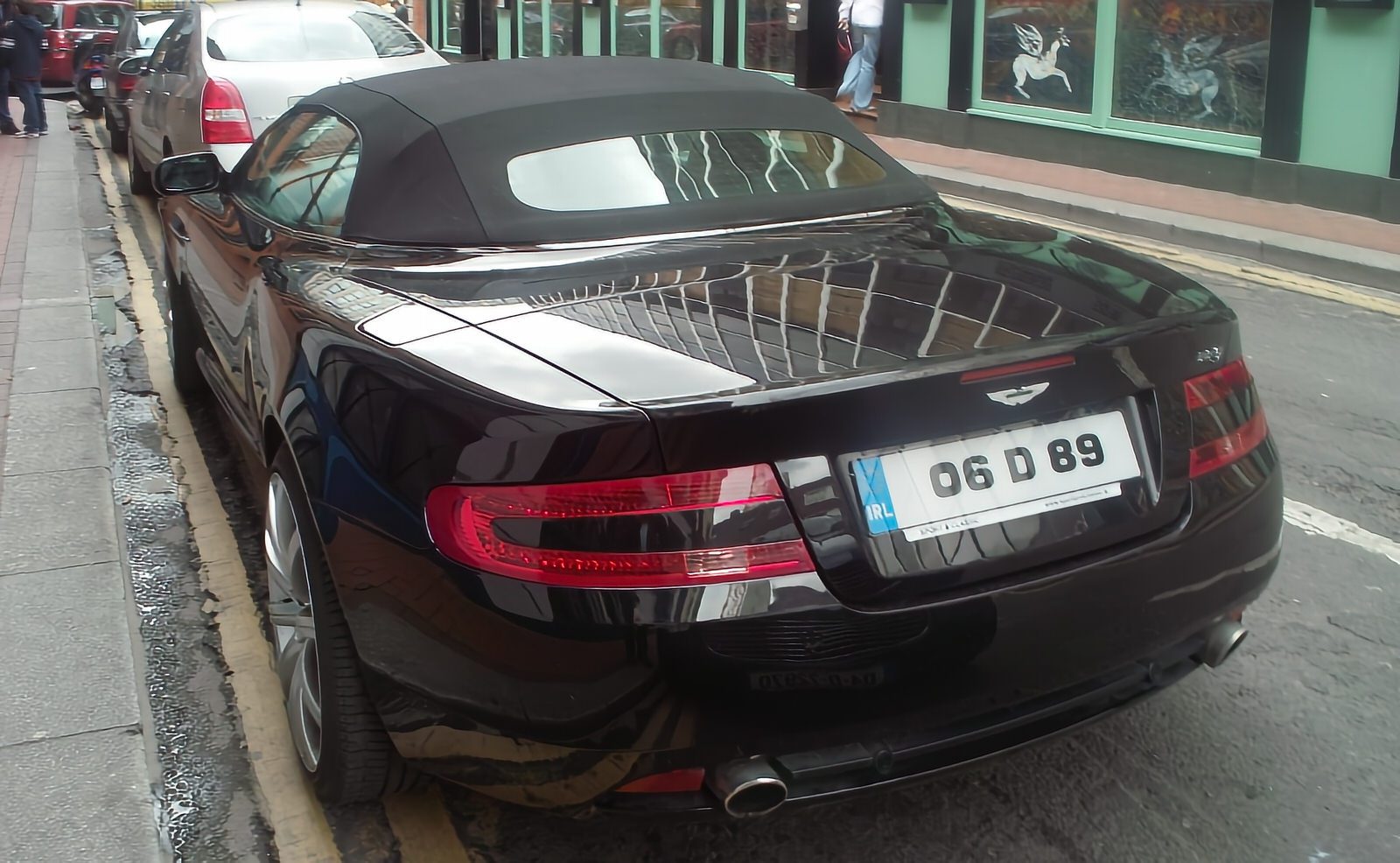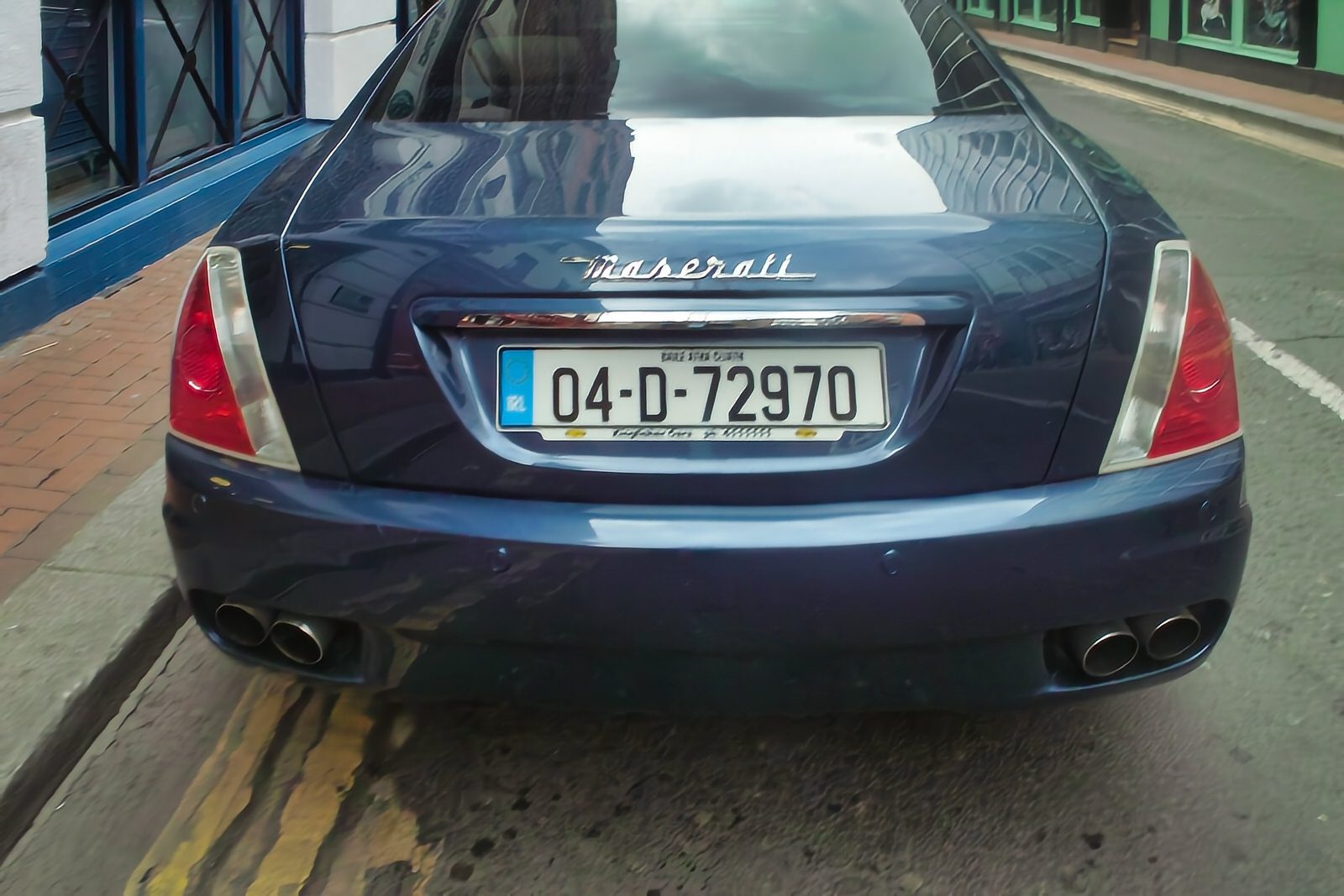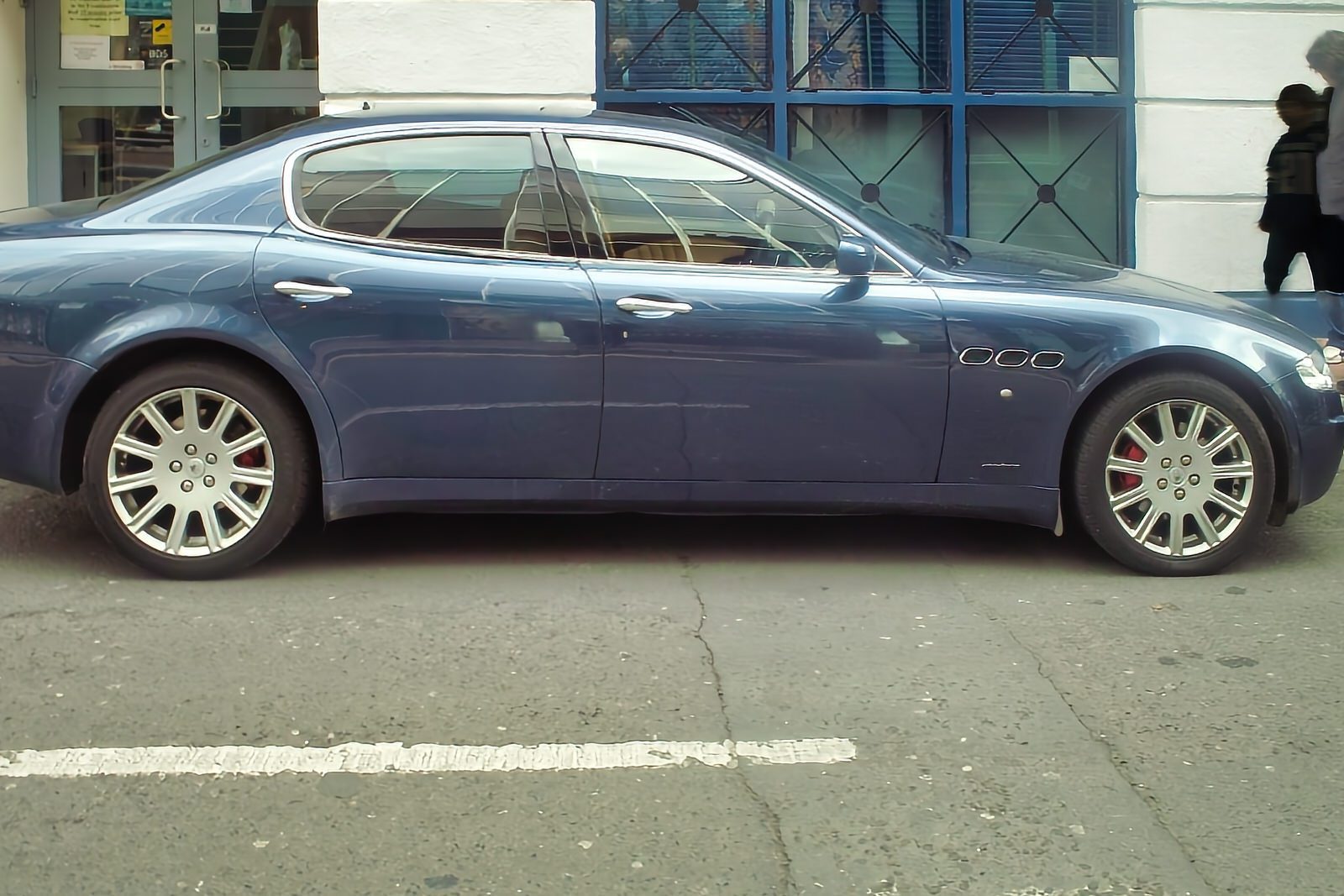THIS CHRISTMAS
Perfect Roast Potatoes The most important thing to remember for perfect potatoes is not to roast them too long in advance as they lose their crunch if you keep them waiting. Start by par-boiling the peeled potatoes for 6-8 minutes. Drain well and leave to dry out in the saucepan for a few minutes.
Heat the oven to Gas Mark 6, 200C (400F)
Heat some olive oil in a roasting pan. Shake the potatoes around in the saucepan to roughen up the edges – this will give you nice crispy bits when they are cooked. Then add them to the hot oil in the roasting pan. Cook for 30-40 minutes.
Braised Celery Wash and trim the celery stalks and cut into strips approx. 4cm long. Place in a saucepan with a knob of butter and salt and pepper. Barely cover with cold water. Bring to the boil, reduce the heat and simmer for five minutes. Drain well and serve.
Mashed Potatoes Simmer peeled potatoes until just soft. Drain and keep warm. Heat a little milk with a generous knob of butter. Beat it into the potatoes along with some chopped parsley, until the potatoes are smooth and creamy. Season well.
Roasted Carrots, Parsnips and Red Onions Heat the oven to Gas Mark 6, 200C (400F).
Chop the carrots, parsnips and red onion into cubes. Toss in olive oil and season with salt and pepper. Spread them out in a single layer on a roasting pan and cook for 20-30 minutes until tender.
Brussel Sprouts Trim the sprouts and place in a saucepan of boiling water with a little salt. Reduce to a simmer and cook for 5-8 minutes depending on the size of the sprouts. While they are cooking, brown some diced bacon in a little olive oil.
Drain the sprouts well, then toss them in the pan with the cooked bacon. Season with black pepper and serve.
